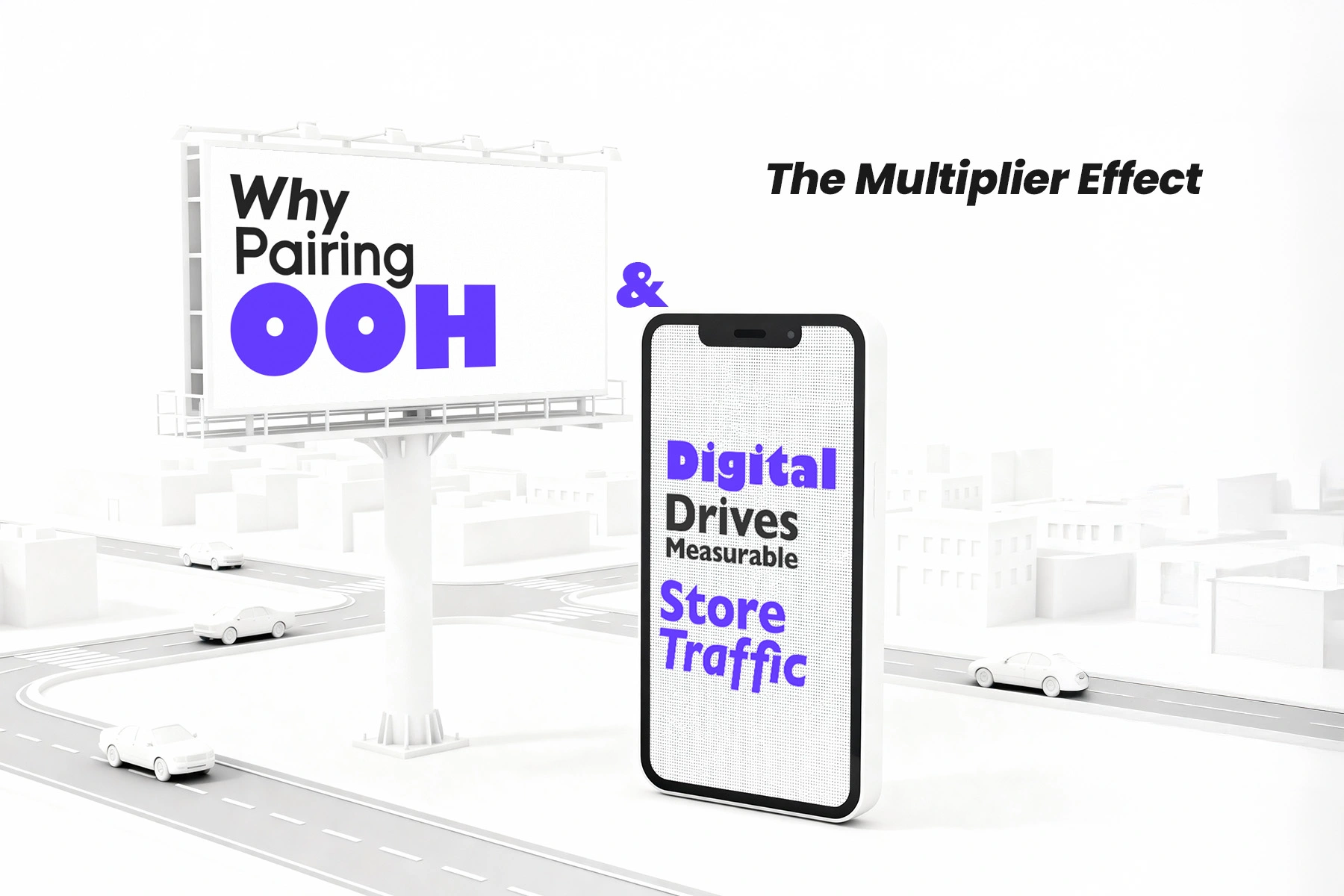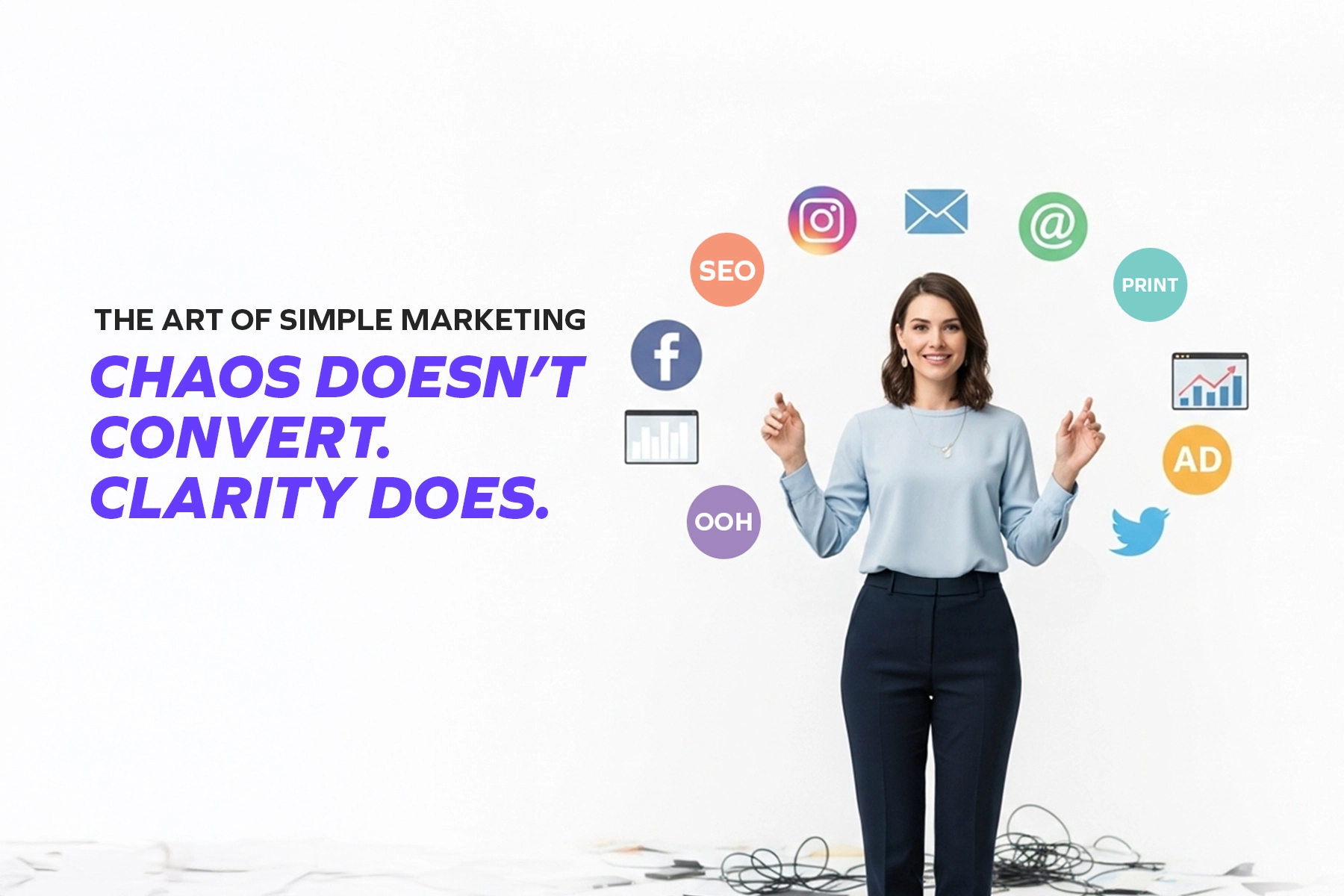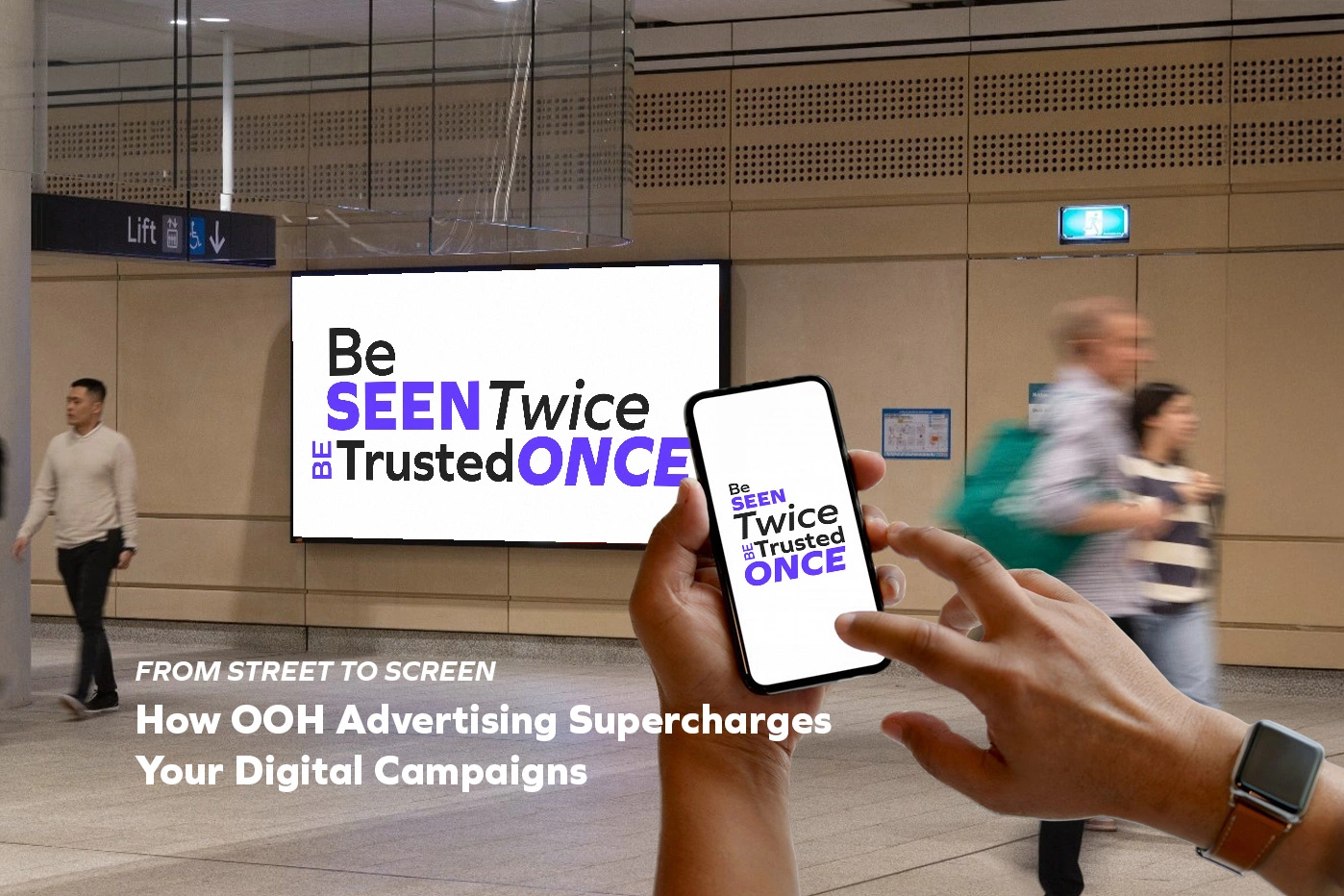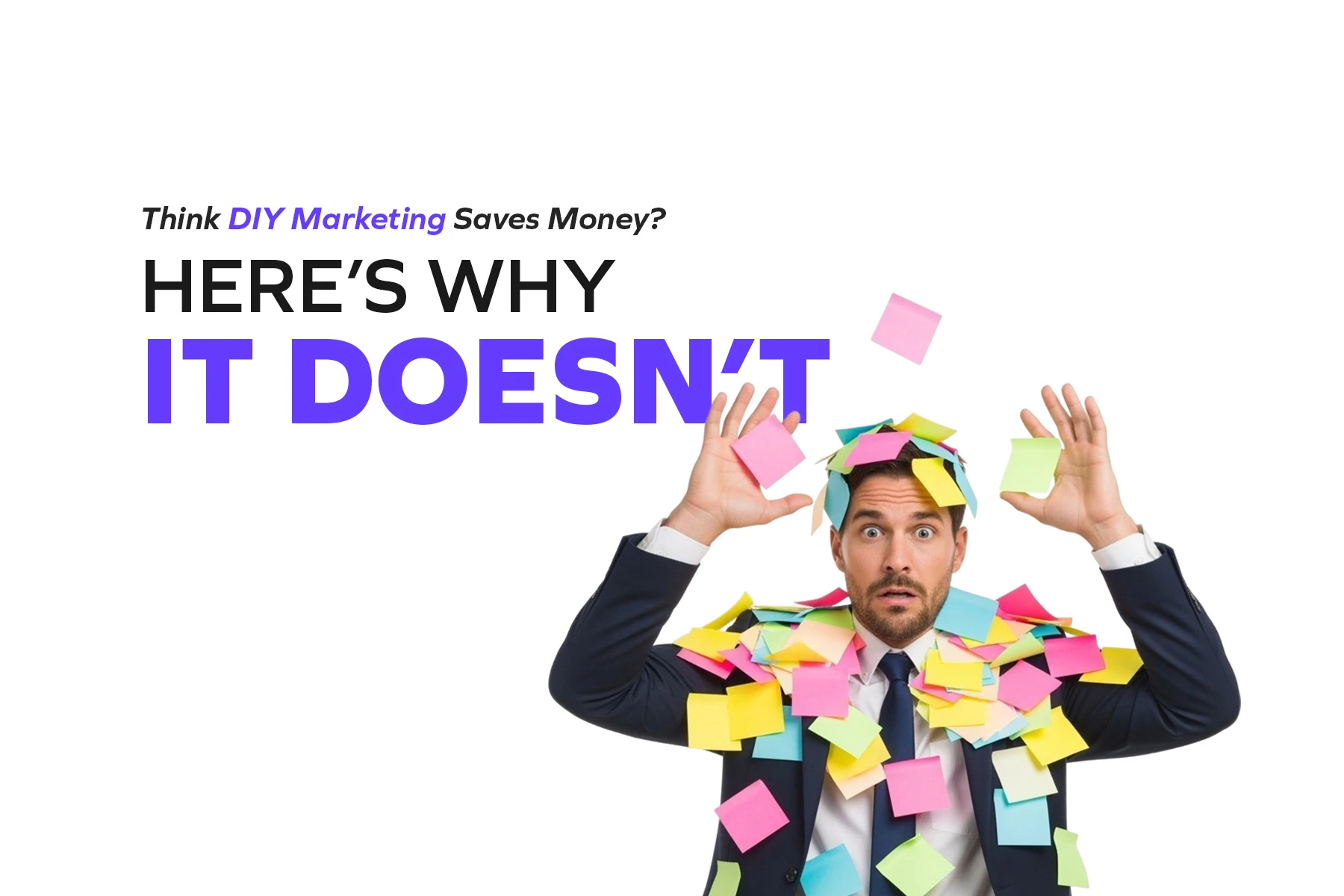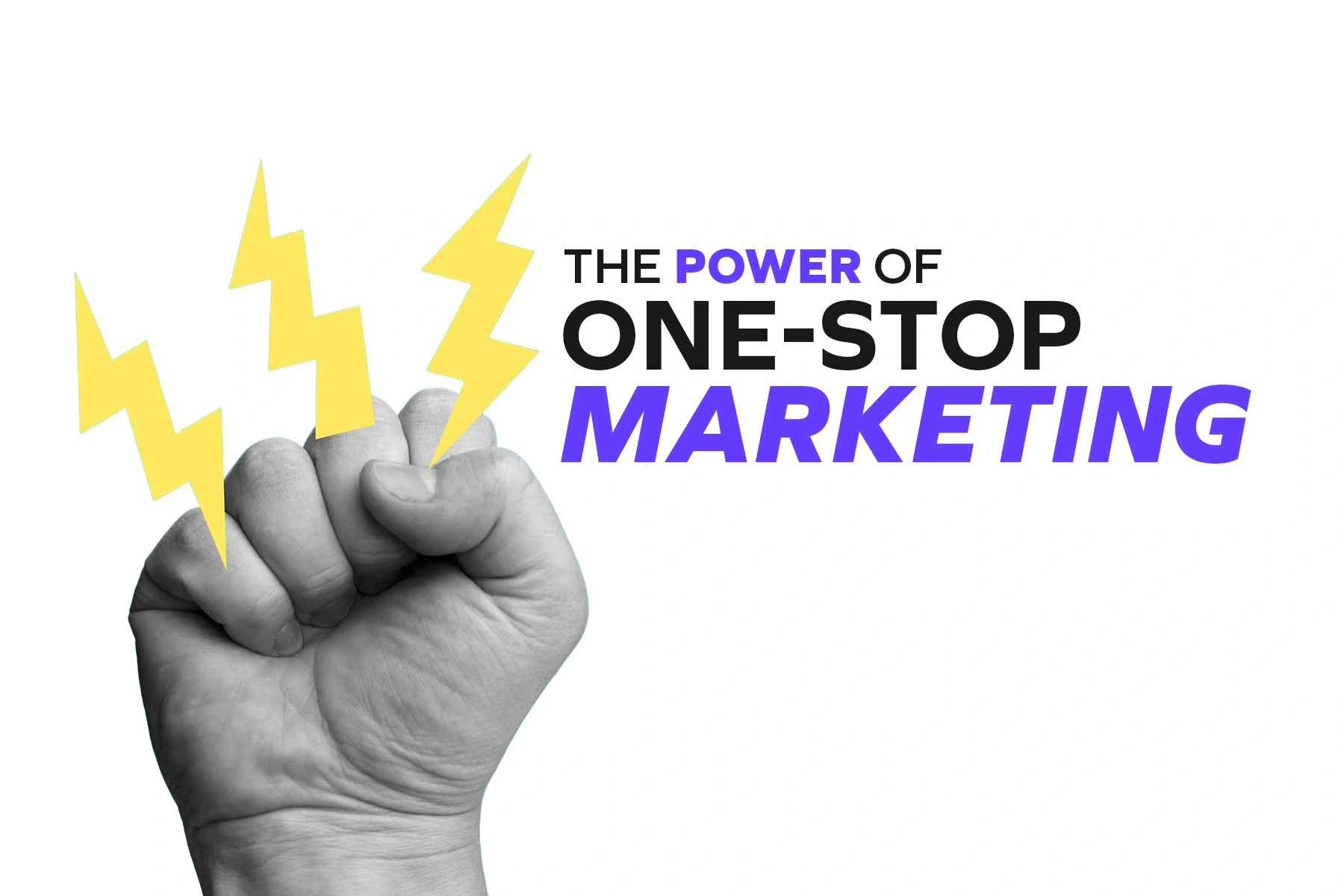Picture this:
You’re scrolling through Instagram when you spot an ad for a new local café. The flat white looks tempting, but you scroll past — until later that day, you drive by a bright digital billboard showing the same café, just a few blocks away. Suddenly, that coffee doesn’t just look good — it feels close. Before you know it, you’re parking out front, phone in hand, ready to check in.
That’s not a coincidence.
That’s the multiplier effect — the magic that happens when Out-of-Home (OOH) and digital marketing join forces to turn passive interest into real-world action.
In a world where attention is scattered across screens, billboards, and busy streets, it’s no longer about choosing between online and offline marketing. It’s about combining both to create a seamless brand experience that guides consumers from awareness to conversion — literally, from the street to the store.
The Power of “AND” in Marketing
For years, businesses treated OOH Advertising and digital like separate lanes — one targeting people outdoors, the other chasing them online. But here’s the truth: today’s consumers don’t live in silos. They’re constantly moving between real-world experiences and digital spaces.
When your OOH campaign builds local recognition and your digital ads reinforce that message on screens, something powerful happens — they amplify each other.
That’s the multiplier effect in action. Instead of reaching people twice, you’re influencing them deeper. They start remembering your message, trusting your brand, and taking action.
Recent research from the Outdoor Media Association (OMA) found that campaigns combining OOH and digital channels drive up to 3x higher engagement and significantly more store visits than single-channel campaigns. Why? Because OOH provides scale and visibility, while digital delivers precision and interactivity. Together, they bridge the gap between seeing and doing.
How the Multiplier Effect Works
Let’s break it down simply:
- OOH builds awareness and trust.
Large-scale visibility — like billboards, shopping centre screens, or bus stop ads — plants the seed. It’s public, credible, and impossible to scroll past.
- Digital fuels engagement and action.
When people later see your brand online (on Google, YouTube, or social media), it feels familiar. That recognition increases the likelihood they’ll click, search, or visit your store.
- The combined impact drives measurable behaviour.
By syncing your creative and targeting, you’re essentially guiding consumers from awareness (OOH) → interest (digital) → conversion (store visit or online sale).
It’s the difference between reminding people you exist and actually motivating them to show up.
Real-World Example: How Brands Are Making It Work
Let’s look at a real example from the Australian market.
A Melbourne-based fashion retailer ran a two-week campaign featuring their winter collection. They placed digital billboards near shopping centres and synced them with Instagram and Google Ads targeting people within a 5km radius.
Here’s what happened:
- Store foot traffic increased by 28% during the campaign period.
- Online searches for the brand name spiked by 40%.
- Their retargeting ads (shown to users who had been near the billboard locations) achieved double the click-through rate compared to previous campaigns.
The reason this worked? Consistency. Whether customers saw the ad in person or online, it told the same story, using the same visuals and message. This built familiarity and nudged them toward visiting — proving how powerful the blend of physical and digital exposure can be.
Why OOH + Digital Wins Every Time
1. It Turns Impressions into Intent
OOH gives your brand a larger-than-life presence — but digital turns that awareness into measurable intent. When customers see your billboard, and then encounter your ad online, it triggers memory recall. This dual exposure significantly increases the likelihood of action, whether it’s a store visit or an online search.
2. It Creates Real-World Relevance
OOH reaches people in their physical environment — near your actual store or service area. When paired with geo-targeted digital ads, you’re connecting with consumers where they are and when it matters most.
3. It Builds Trust Through Familiarity
Multiple touchpoints across different channels create the perception of a bigger, more established brand. Even small businesses can appear “everywhere” by strategically blending OOH visibility with digital reinforcement.
4. It’s Measurable and Data-Driven
Gone are the days when OOH was hard to measure. With today’s digital billboards, geofencing, and mobile retargeting tools, brands can now track metrics like store visits, clicks, and conversions directly tied to OOH exposure.
How to Apply the Multiplier Effect to Your Business
If you’re an Australian business owner looking to make this strategy work, here’s how to get started:
1. Align Your Creative Across Channels
Use the same visuals, tone, and call-to-action on both OOH and digital ads. Consistency is key — it helps build recognition and strengthens recall.
2. Use Smart Geo-Targeting
Combine physical billboard placement near your store or service areas with location-based digital ads. You’ll reach the same people across multiple contexts, reinforcing your message.
3. Integrate QR Codes and Interactive Elements
Modern OOH is no longer static. Add QR codes or NFC tags that lead directly to landing pages, promotions, or Google Maps directions — bridging the gap between seeing your ad and taking action.
4. Track and Optimise Performance
Use tools like Google Analytics, Meta Insights, or footfall tracking to measure how OOH exposure impacts digital engagement and store traffic. Adjust creative or timing for even stronger results.
The Future of OOH + Digital: Smarter, Seamless, and Human
As marketing evolves, the most successful brands will be those that understand connection doesn’t happen in one place — it happens across many. The streets, the screens, the social feeds, the real world.
Pairing OOH with digital isn’t just about being seen more often — it’s about being remembered more deeply. It’s about meeting people where they are, both physically and digitally, and turning casual awareness into measurable action.
So, the next time you’re planning your marketing strategy,
don’t ask
“Should I choose digital or OOH?”
Ask instead:
“How can I make them work together?”
Because in 2025, the brands that combine both worlds — the screens and the streets — won’t just capture attention; they’ll drive real store traffic and build lasting loyalty.


